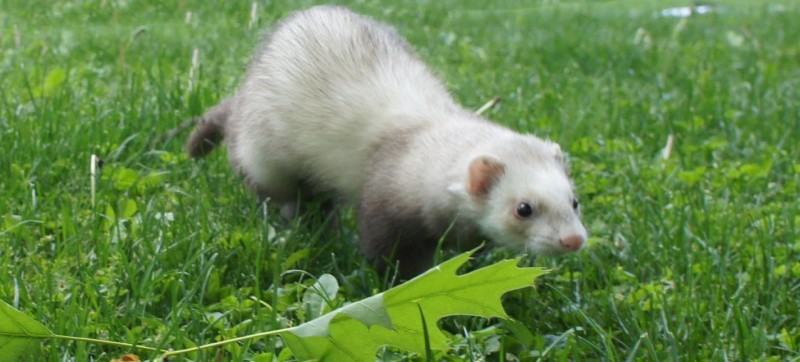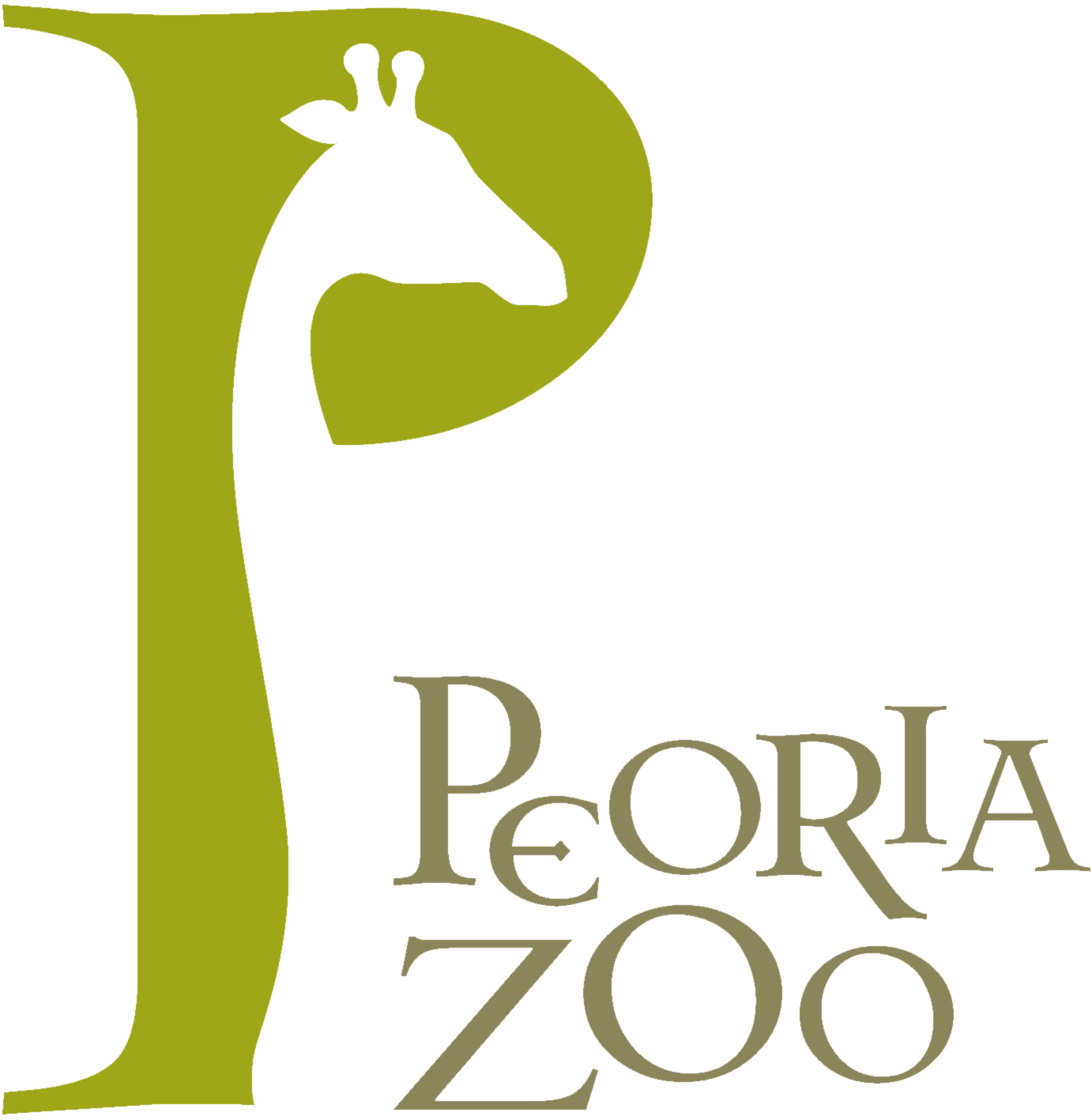Domestic Polecat (Ferret) - Mustela putorius furo

Habitat:
Forested and semi-forested habitats near water sources
Range:
Originally Northern Africa but now can be found all over the world.
Activity Cycle:
Crepuscular-active during dawn and dusk
Features:
Sexually dimorphic with males being twice as large as and three times heavier than females. They are relatively nearsighted and have fairly poor hearing. They rely mainly on their senses of touch and smell. There is usually little body color variation in wild animal species. The domestic ferrets are available in many color and pattern varieties. The European polecat is a typical standard sable, whereas pet ferrets can come in many shades, from deep black and dark brown to chocolate and light sable.
Size:
19-22 inches long with females weighing 1.5-2.5 pounds and males weighing 3-5 pounds
Social Structure:
Very social creatures who enjoy a lot of attention
Life Expectancy:
9-10 years
Diet:
They are obligate carnivores with extremely high metabolisms. Food will travel through the body in 3-5 hours so they will need to eat about 10x a day. They prey upon frogs and rodents in the wild.
Reproduction:
They are polygamous. Gestation is 42 days and a litter size is 6-9 young. They are well developed at birth and considered adults at 6-7 months of age. Males are known as hobs and females as jills. Juveniles are kits and a group of ferrets is called a “business of ferrets.”
Status:
Domesticated, the IUCN lists ferrets as "least concern".
Interesting Facts:
- They are domesticated but it is through that they were descended from the polecats in Europe over 2500 years ago.
- They sleep 18-20 hours a day!
Prices
- Adult (13 and over)$12.50
- Child (2 - 12)$9.00
- Child (1 and Under)FREE
- Senior (65+)$11.50
- Active Military$11.50
We begin transferring animals to evening (off exhibit) holding at 4:30 each night.
Find Us
2320 N. Prospect Rd.
Peoria, IL 61603
Phone: 309-686-3365
Open Daily 10:00-5:00
Last admission at 4:30
